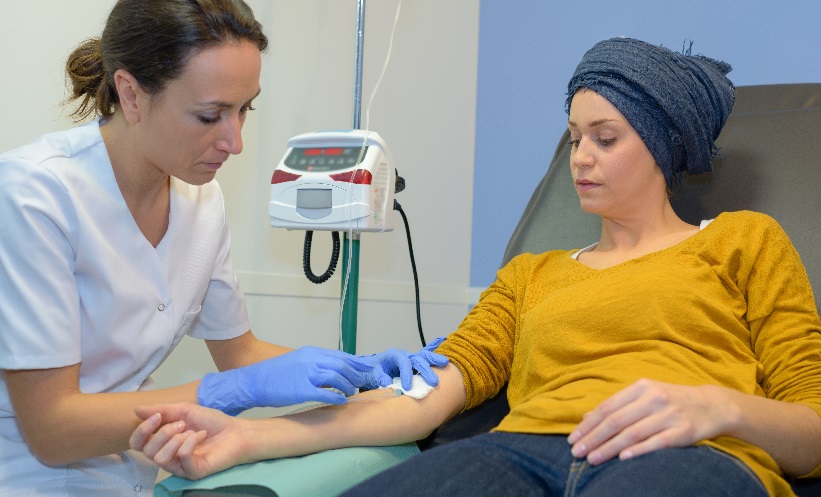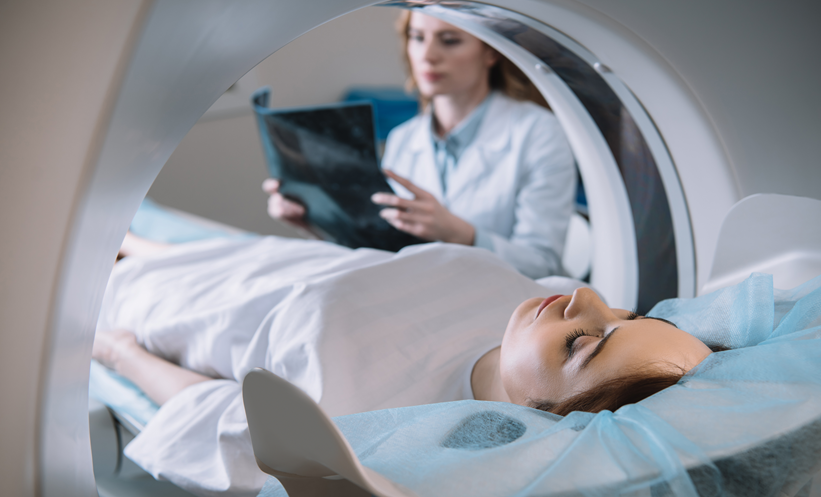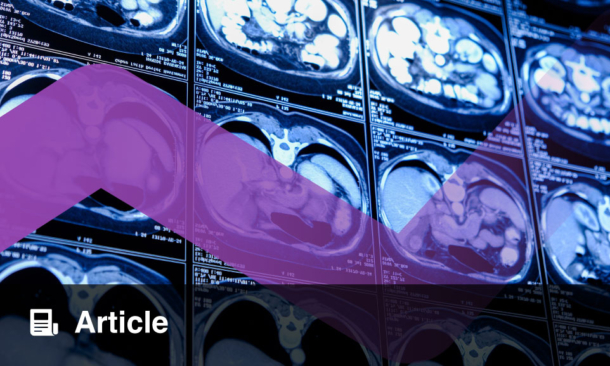ACCURATELY predicting which breast cancer patients will respond completely to neoadjuvant chemotherapy (NAC) remains a pressing clinical challenge. Advances in diffusion MRI, particularly diffusion kurtosis imaging (DKI), offer promising tools for evaluating treatment response. A recent prospective study has directly compared different diffusion MRI parameters over the course of NAC to assess their ability to predict pathologic complete response (pCR), a key outcome linked to improved long-term prognosis.
In the longitudinal study, 160 women with breast cancer undergoing six or eight cycles of NAC were enrolled between February 2021 and June 2023. Each participant received intravoxel incoherent motion (IVIM) imaging and DKI at four time points: before treatment and after two, four, and six cycles of chemotherapy. Using repeated-measures analysis of variance and multivariable logistic regression, the researchers identified which imaging parameters and clinicopathologic features were significantly associated with pCR. Model performance was evaluated using the area under the receiver operating characteristic curve (AUC), with comparisons made via the DeLong test.
Significant differences between patients achieving pCR (n=36) and those who did not were observed in apparent diffusion coefficient (ADC: p=0.04), tissue diffusion coefficient (p=0.02), and non-Gaussian ADC (Dapp: p=0.01). At the second time point (T2), higher Dapp (odds ratio [OR]: 8.44; 95% CI: 3.28–21.72; p<0.001), higher apparent kurtosis coefficient (OR: 7.69; 95% CI: 3.03–19.53; p<0.001), and HER2 positivity (OR: 4.51; 95% CI: 1.64–12.45; p=0.004) were strongly predictive of pCR, while progesterone receptor positivity was associated with lower odds of pCR (OR: 0.10; 95% CI: 0.02–0.48; p=0.004). A combined clinicopathologic-DKI model achieved an AUC of 0.90 (95% CI: 0.84–0.94), significantly outperforming models using clinicopathologic data alone (AUC: 0.79) or combined with IVIM (AUC: 0.84).
This study highlights the clinical utility of DKI parameters acquired early during NAC in predicting pCR, with potential to refine treatment decisions and spare patients from unnecessary toxicity. However, findings are limited by the single-centre design and relatively small pCR subgroup. Further validation in larger, multi-institutional cohorts is needed before routine clinical adoption. Nonetheless, DKI shows strong potential as a non-invasive imaging biomarker to guide personalised care in breast cancer treatment.
Reference
Gong X et al. Comparing Multi- b- Value Diffusion MRI Models for Predicting Pathologic Complete Response to Neoadjuvant Chemotherapy in Breast Cancer. Radiology. 2025;316(1):e242969.








